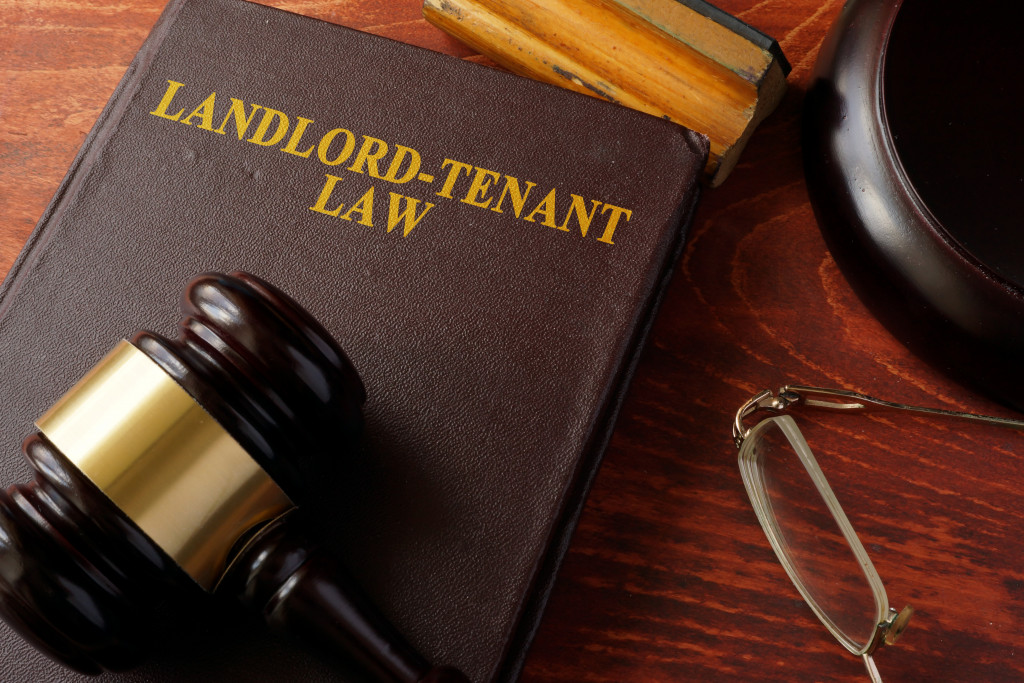Renting out part or all of your home can be a great way to make some extra income. It’s also a great way to use unused or underused spaces in your home. But before you start renting out space, there are a few steps you need to take. Read on for five steps to turning your house into an income-generating rental property.
Renovations
The first step is ensuring the space is safe and habitable for the tenant. This means making necessary repairs, such as fixing plumbing issues, replacing broken flooring, and patching up holes in walls or ceilings. If you plan on renting out more than one room, it might be a good idea to install locks on each bedroom door so that tenants can have peace of mind knowing their belongings are secure.
In addition to repairs, you may want to consider renovating certain aspects of the specific space. If you’re planning to rent out your basement, a contractor specialized in basement renovations can help to ensure that your space is suitable for renting. They can advise on how to make the most of the area, such as creating more usable living space, recessed lighting, or even installing a bathroom.
Furnishings
You should consider furnishing the rental space with furniture and appliances if it’s going to be used as an apartment-style rental or even if it’s just one room with shared living area access. Having furniture already in place makes the transition easier for new tenants and ensures they don’t need to bring all their furniture when moving in.
Basic furniture such as beds, sofas, chairs, and tables can be purchased relatively inexpensively, making the space more inviting for potential tenants. Additionally, install essential appliances such as a refrigerator, stovetop or oven combo, microwave oven, and dishwasher if space allows. These items can help tenants save time on meals, encouraging them to stay longer in your rental property. Furnishing your property also lets you charge more rent since tenants will be paying for more than just the space itself.
Safety Precautions

Fitting smoke detectors and carbon monoxide alarms are essential for safety reasons. They will also give potential tenants peace of mind when viewing the property before signing up for tenancy agreements. These should be checked regularly, just like any other alarm system in your home. Consider installing other safety measures such as window locks, security cameras, and a secure mailbox. It would help if you also made sure any outdoor space is reasonably safe by trimming trees and shrubs, cleaning up debris that could cause slips or falls, and ensuring gates are correctly secured.
It’s essential to have a procedure to respond to emergency situations such as fires or break-ins. Ensure all tenants understand who to contact for help and how quickly help can be expected if necessary. Knowing that help will be prompt can give potential tenants peace of mind.
Insurance
Landlord insurance is crucial if you rent out part or all of your house because it protects you and your tenant from unexpected damage costs due to accidents or natural disasters (e.g., fires). When selecting an insurance provider, you should consider coverage amounts and exclusions. Some policies may exclude certain types of damage or come with higher deductibles than others. It’s also essential to read through the policy carefully to understand what type of damage is covered under certain circumstances and whether coverage limits exist.
You should also inquire about additional features, such as tenant liability coverage, which can help protect your rental property from vandalism or malicious damage caused by a tenant’s negligence. Finally, ask about discounts for landlords who rent out multiple properties so that you can get the best deal possible.
Legal Documents
Last but not least, get legal documents ready for potential tenants so that everyone involved knows what is expected of them during their stay at the property (e.g., rent amount, length of lease agreement). This helps protect both parties from any confusion over who is responsible for what during the tenancy period and after it has ended. Rental agreements should contain information such as the name of the tenant and landlord, the address of the property being rented, rent amount, length of the lease agreement (monthly or yearly), rules regarding pets or smoking in the home, and any other important details.
Another good idea is to have an inventory list of all items included with the rental property, which can be used if a dispute arises over what was included versus what has been damaged or taken away during the tenancy. A security deposit agreement is also necessary for tenants to understand how much money may be withheld from their deposit at the end of the lease if any damage has occurred during the tenancy. By having these documents ready before showing potential tenants around your rental property, you can ensure that everyone is on the same page about what is expected of them.
Closing Thoughts
With these five steps, you can turn any part of your house into a profitable rental property! Whether you decide to rent out just one room or an entire apartment-style space within your home, taking these steps will ensure that everything runs smoothly between you and your tenants. It will also help provide peace of mind knowing that everyone is safe and protected by legal documents and insurance policies throughout the process.

